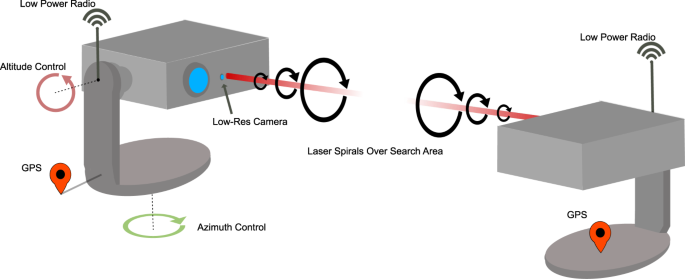Space Optics: Importance, Applications, Challenges, Technologies, and Advancements
Space optics are critical components of astronomical instruments, satellites, and space exploration missions, enabling precise observation, communication, and scientific research beyond Earth’s atmosphere. This article explores the fundamental aspects of space optics including their importance in space exploration, applications across different missions, technological challenges, innovative solutions, and recent advancements in optical technology.
Importance of Space Optics
Space optics play a pivotal role in advancing our understanding of the universe and supporting space exploration missions in several crucial ways:
· High-Resolution Imaging: Space telescopes equipped with advanced optics capture detailed images of celestial objects, galaxies, and planets with superior resolution and clarity compared to ground-based observations.
· Remote Sensing and Earth Observation: Optical instruments on satellites monitor Earth’s environment, weather patterns, natural disasters, and urban development, providing valuable data for environmental studies, agriculture, and disaster management.
· Communications and Navigation: Optical communication systems enable high-speed data transmission between spacecraft, ground stations, and deep space probes, supporting real-time operations and scientific data exchange.
Applications of Space Optics
Space optics find diverse applications in space missions and scientific research:
· Space Telescopes: Instruments like the Hubble Space Telescope and James Webb Space Telescope use advanced optics to explore distant galaxies, study exoplanets, and observe cosmic phenomena across different wavelengths.
· Earth Observation Satellites: Optical sensors on satellites monitor atmospheric composition, land use, ocean temperatures, and vegetation health, contributing to climate research, resource management, and disaster response.
· Laser Communication Systems: Optical communication terminals enable faster data transmission rates between spacecraft and ground stations, enhancing mission efficiency and enabling new scientific discoveries.
· Navigation and Positioning: Optical sensors aid in spacecraft navigation, docking maneuvers, and planetary landing missions by providing precise position and orientation data.
Technological Challenges in Space Optics
Space optics face unique challenges due to the harsh space environment and mission requirements:
· Thermal Stability: Optics must maintain precise alignment and performance in extreme temperature variations encountered in space, ranging from intense solar radiation to deep-space cold.
· Radiation Hardness: Components must withstand high-energy particles and radiation encountered in space, which can degrade optical materials and affect sensor performance over time.
· Precision Engineering: Manufacturing and aligning optical components to sub-micron accuracy are crucial to maintain optical resolution and minimize image distortion caused by vibrations and microgravity effects.
· Space Debris Mitigation: Protecting optical surfaces from impacts with micrometeoroids and space debris requires innovative shielding and protective coatings to ensure mission longevity and operational safety.
Technologies and Innovations in Space Optics
Recent advancements in space optics focus on overcoming challenges and enhancing performance capabilities:
· Advanced Mirror Coatings: Development of durable, multi-layer coatings that improve mirror reflectivity, reduce thermal distortion, and enhance optical efficiency in space telescopes and imaging systems.
· Adaptive Optics: Integration of adaptive optics systems to correct atmospheric turbulence and optical aberrations, improving image sharpness and resolution in space-based observations.
· Miniaturization and Lightweight Design: Use of lightweight materials and compact optical designs to reduce spacecraft payload mass while maintaining optical performance and mission capabilities.
· Interferometric Imaging: Deployment of interferometric techniques to combine signals from multiple telescopes or sensors, achieving higher resolution and sensitivity in space-based imaging and spectroscopy.
Future Directions for Space Optics
The future of space optics is shaped by ongoing advancements and emerging technologies:
· Next-Generation Space Telescopes: Development of larger, more powerful space telescopes with advanced optics and multi-wavelength capabilities to study exoplanets, dark matter, and cosmic evolution.
· Optical Quantum Technologies: Exploration of quantum-enabled sensors and communication systems for ultra-precise measurements and secure data transmission in future space missions.
· Autonomous Optical Systems: Implementation of autonomous optical systems and artificial intelligence for real-time data analysis, adaptive imaging, and autonomous navigation in deep space exploration.
Conclusion
Space optics represent a cornerstone of modern space exploration, enabling high-resolution imaging, precise data transmission, and scientific discoveries beyond Earth’s atmosphere. As advancements in materials science, optical engineering, and space technology continue to evolve, space optics will play a pivotal role in expanding our understanding of the universe, supporting sustainable space missions, and addressing global challenges through remote sensing and communication capabilities. Leveraging the innovative potential of space optics, scientists, engineers, and space agencies can pioneer new frontiers in astronomy, planetary science, and exploration of the cosmos.

